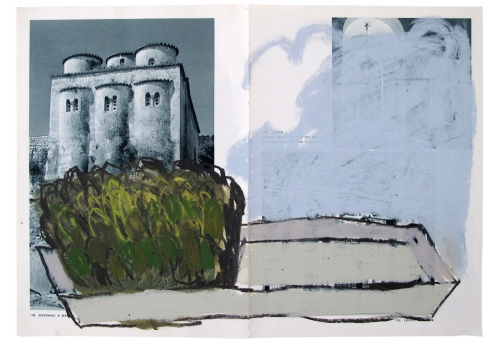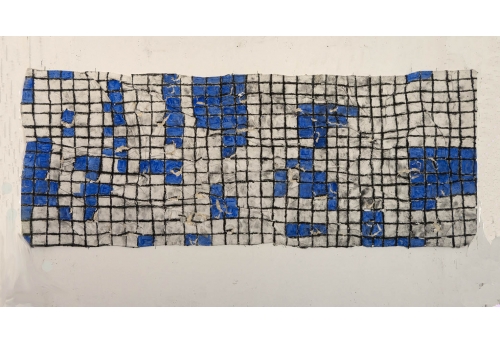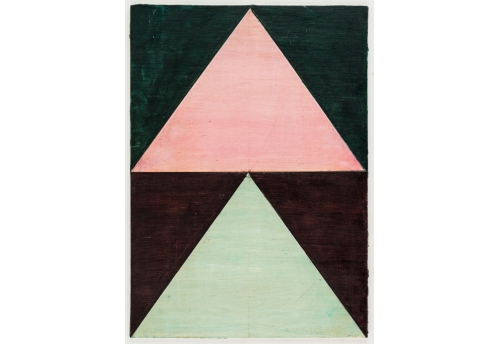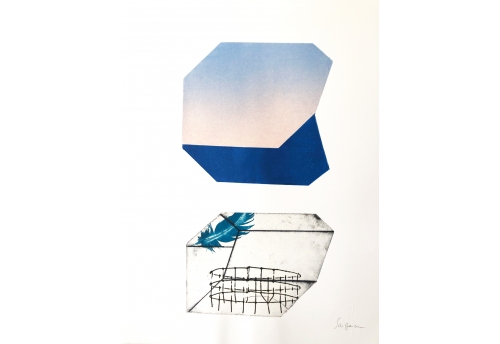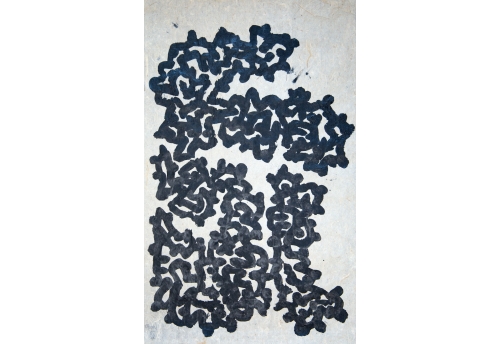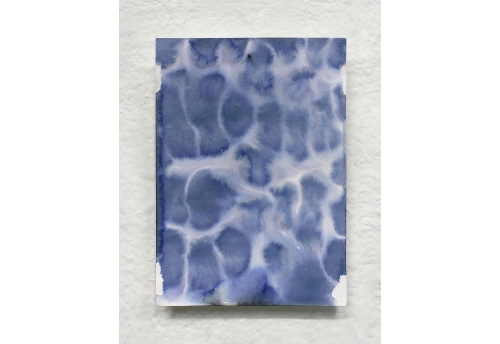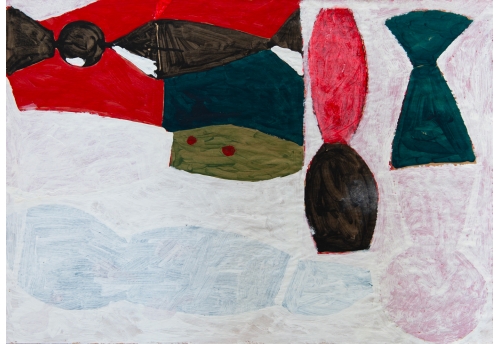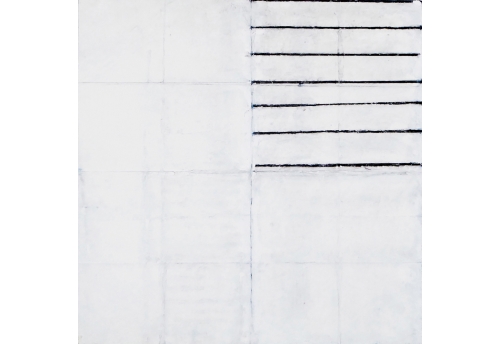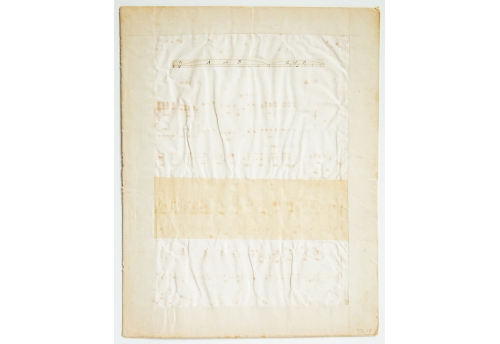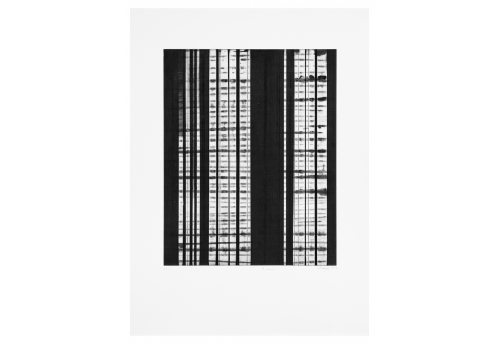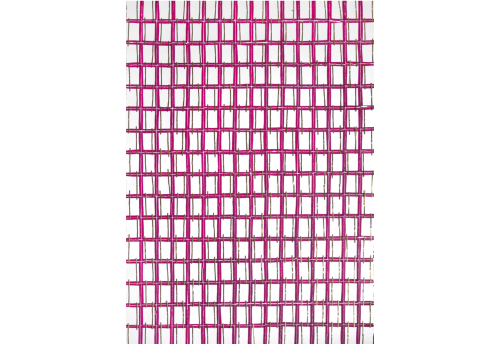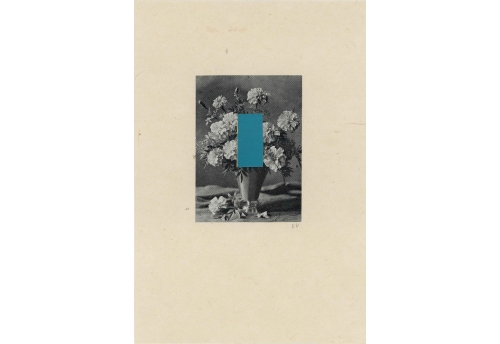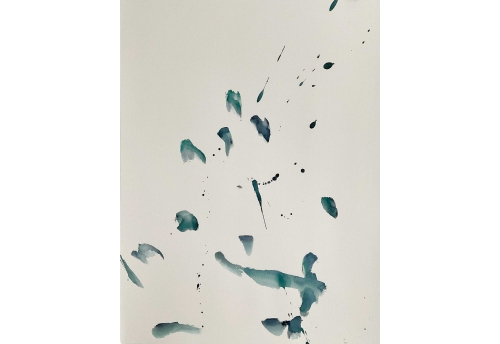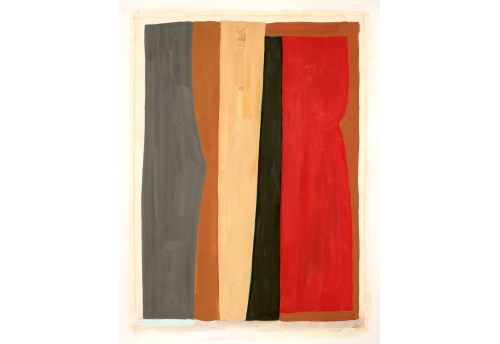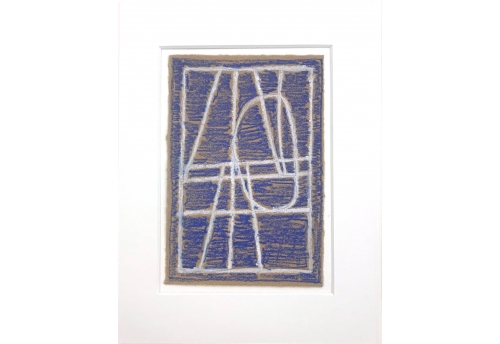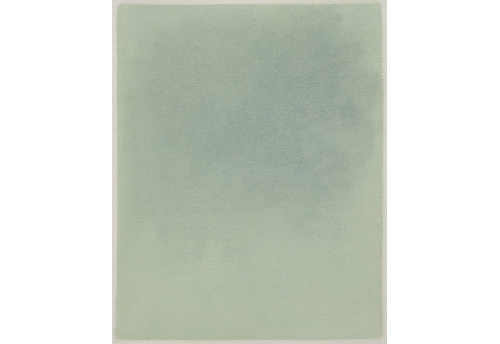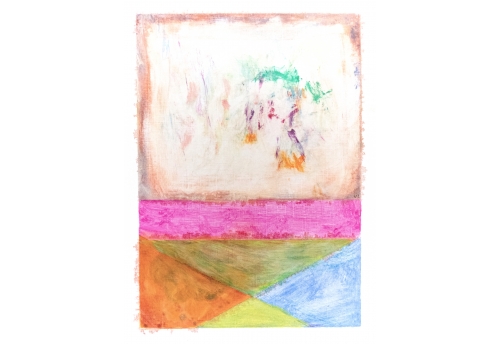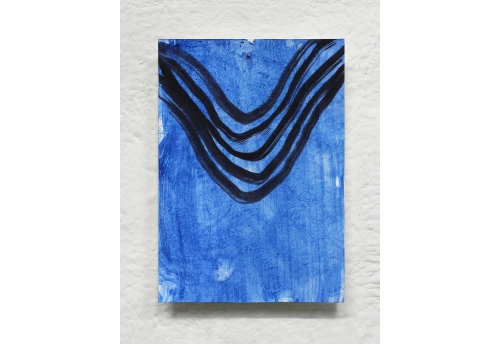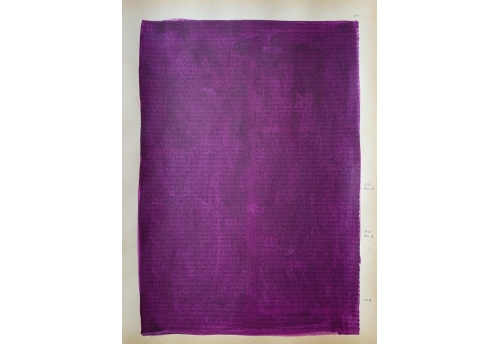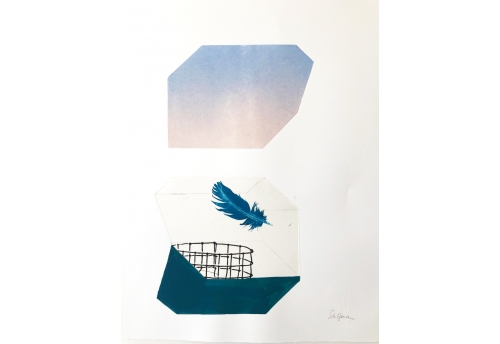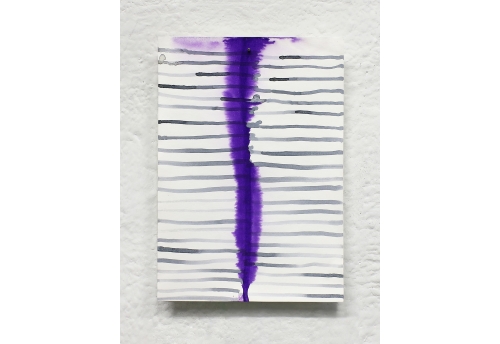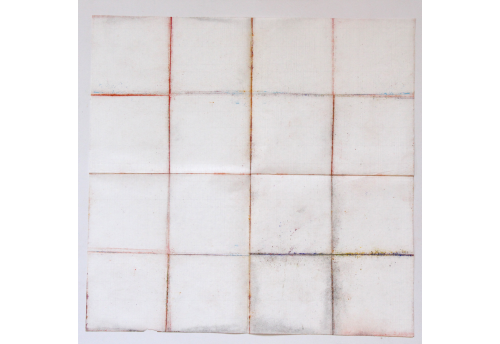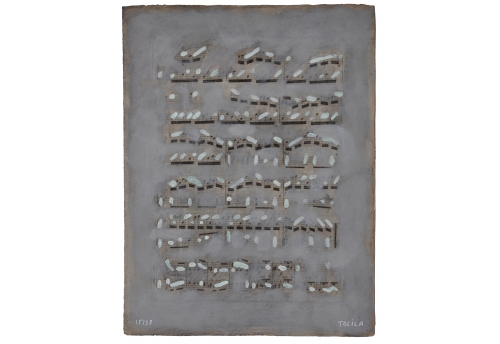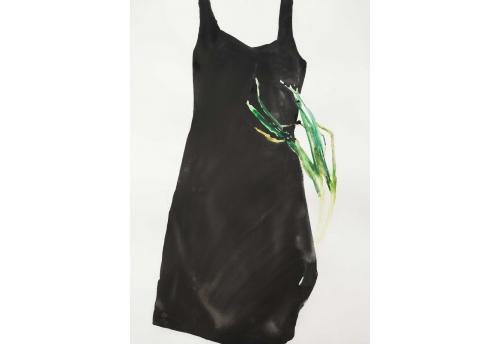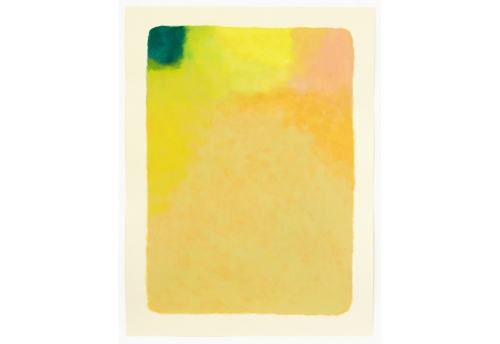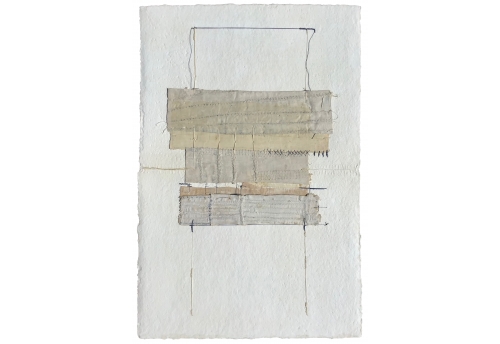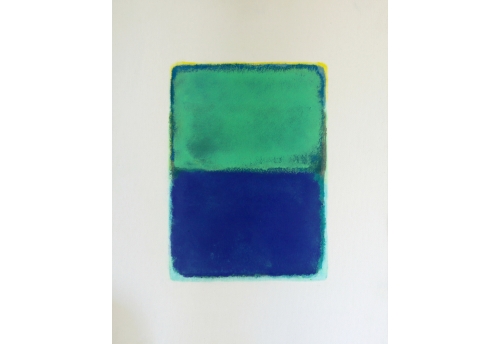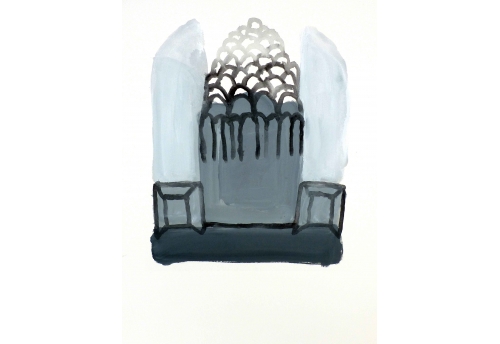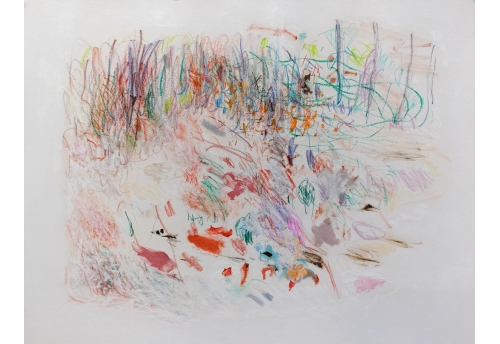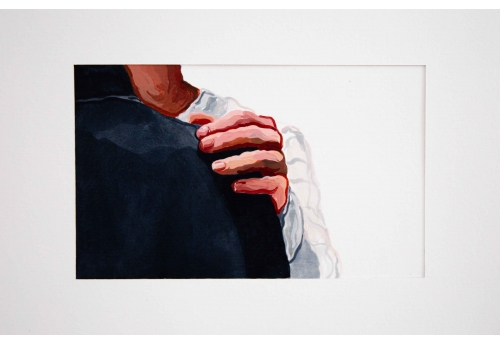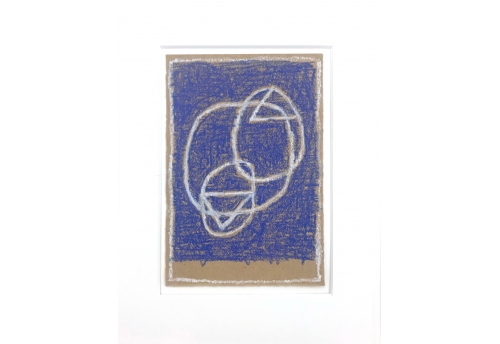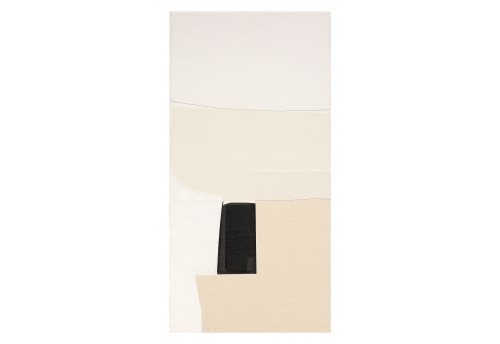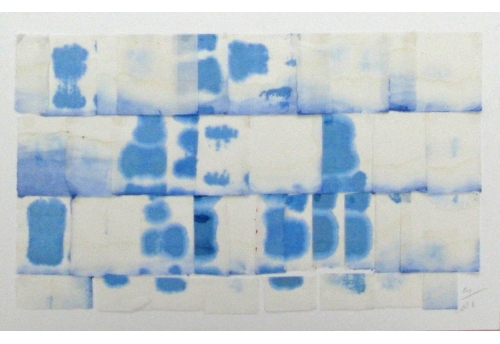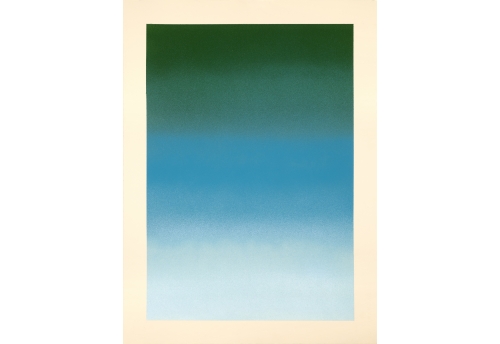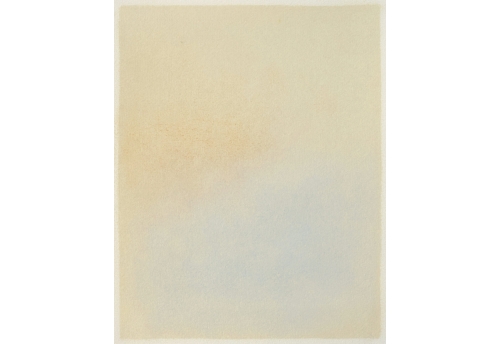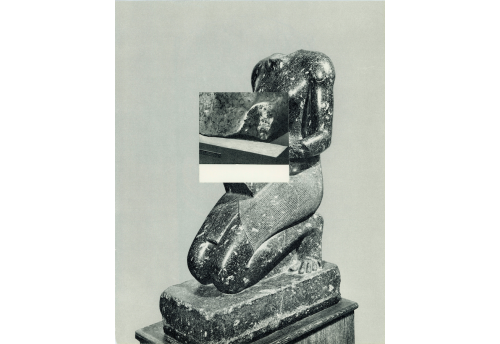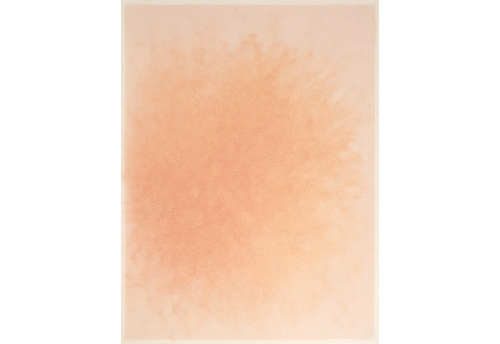Work on paper
EN SAVOIR PLUS
Delphine de Luppé
Théâtre 02
$ 1,450
Christian Grelier
Sans titre 24
$ 4,300
Pius Fox
Im Traum III
$ 3,050
Kat Klerks
534
$ 8,000
Sophie de Garam
Nos Maisons Sont Des Temples 63
$ 1,250
Choun Vilayleck
Carte VI
$ 2,450
Michael Kaul
PP38
$ 1,450
Pierre-Yves Canard
Sur le motif
$ 1,900
Hélène Durdilly
Sept lignes
$ 2,100
Tanguy Tolila
Partition 04115
$ 1,650
Renaud Allirand
N18
$ 1,400
Claire de Chavagnac
Jardin japonais
$ 2,100
Margaux Pecorari
Morceaux 2
$ 5,100
Julie Wolfe
Chandelier
$ 1,300
Vesna Vrdoljak
Bouquet 4
$ 1,250
Naomi Katsu
Tâche Suï Vert Foncé 1
$ 1,950
Frédéric Heurlier Cimolai
FCF 72
$ 2,100
Frédéric Heurlier Cimolai
Blanc-Bleu 05
$ 850
Helen Butler
Rain 06
$ 1,050
Véronique Lafont
VL - 1527 - Binôme 2
$ 1,000
Katrin Bremermann
Papier 2497
$ 3,250
Michael Kaul
PP31
$ 1,450
Julie Wolfe
Color Analysis 3
$ 1,700
Sophie de Garam
Nos Maisons Sont Des Temples 67
$ 1,250
Michael Kaul
PP36
$ 1,450
Natalia Jaime-Cortez
Dessin de Partition 9
$ 2,250
Frédéric Heurlier Cimolai
P01
$ 1,800
Tanguy Tolila
Partition 15138
$ 1,650
Manon Gignoux
Robe et civette
$ 5,600
Michele Landel
Evening I
$ 1,450
Vincent Lemaitre
Gouache 312
$ 1,950
Nadine Altmayer
Toile cousue 8
$ 5,600
Vincent Lemaitre
G 252
$ 850
Catherine Danou
Lokta noir clair obscur
$ 3,900
Rudy Lanjouw
Untitled n° 14
$ 1,800
Delphine de Luppé
Modulées 09
$ 3,050
Véronique Lafont
VL-1539 Andante 3
$ 3,050
Jade Marra
Beijo III
$ 1,150
Frédéric Heurlier Cimolai
Blanc-Bleu 04
$ 850
Sharon Etgar
Fabric collages 3
$ 6,150
Claire de Chavagnac
Petite aquarelle 05
$ 1,150
Julie Wolfe
Venus Atmosphere 17
$ 3,300
Helen Butler
Wandering 04
$ 1,050
Vesna Vrdoljak
Kneeling
$ 1,450
Helen Butler
Encounter 01
$ 1,250





